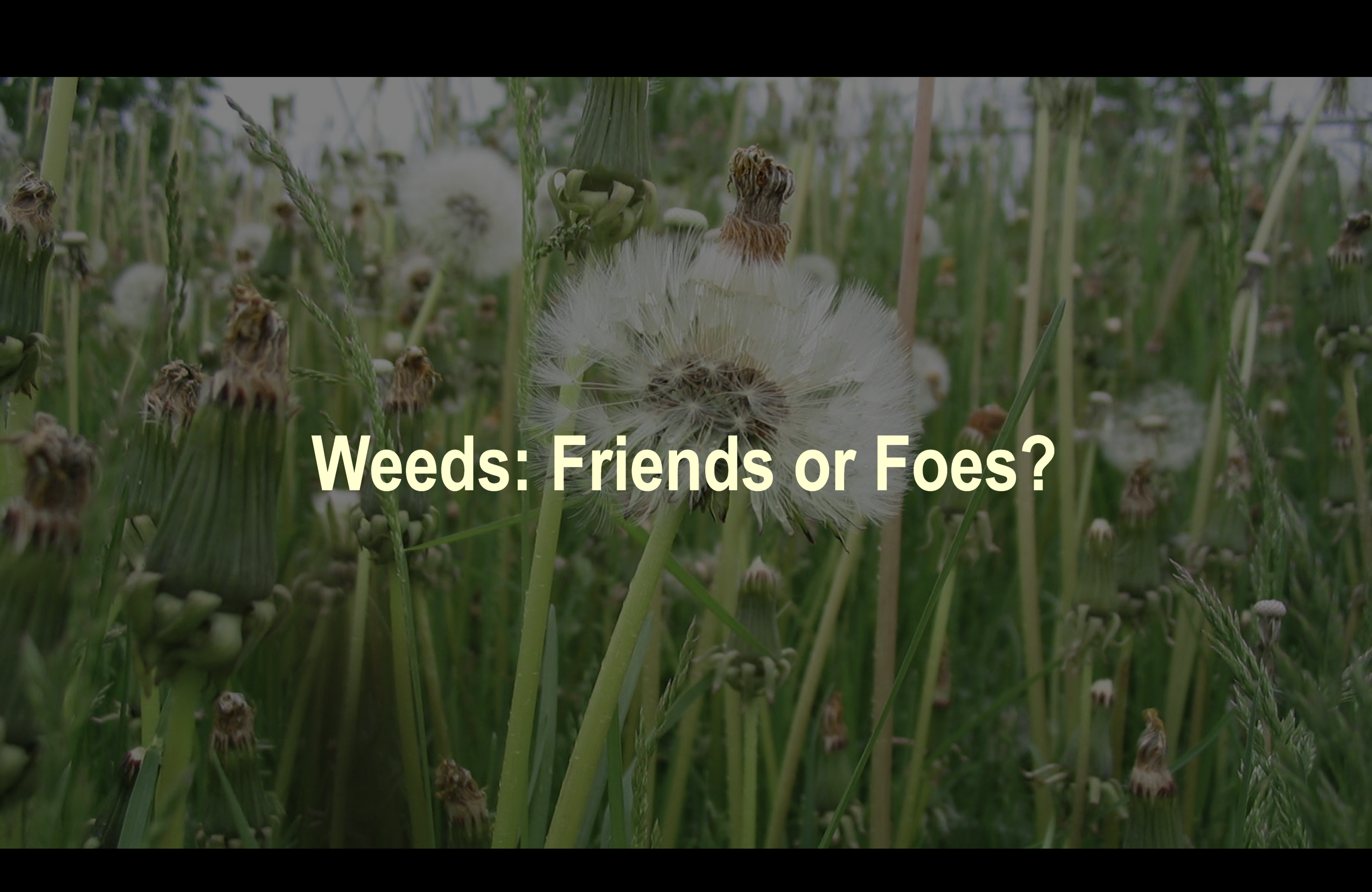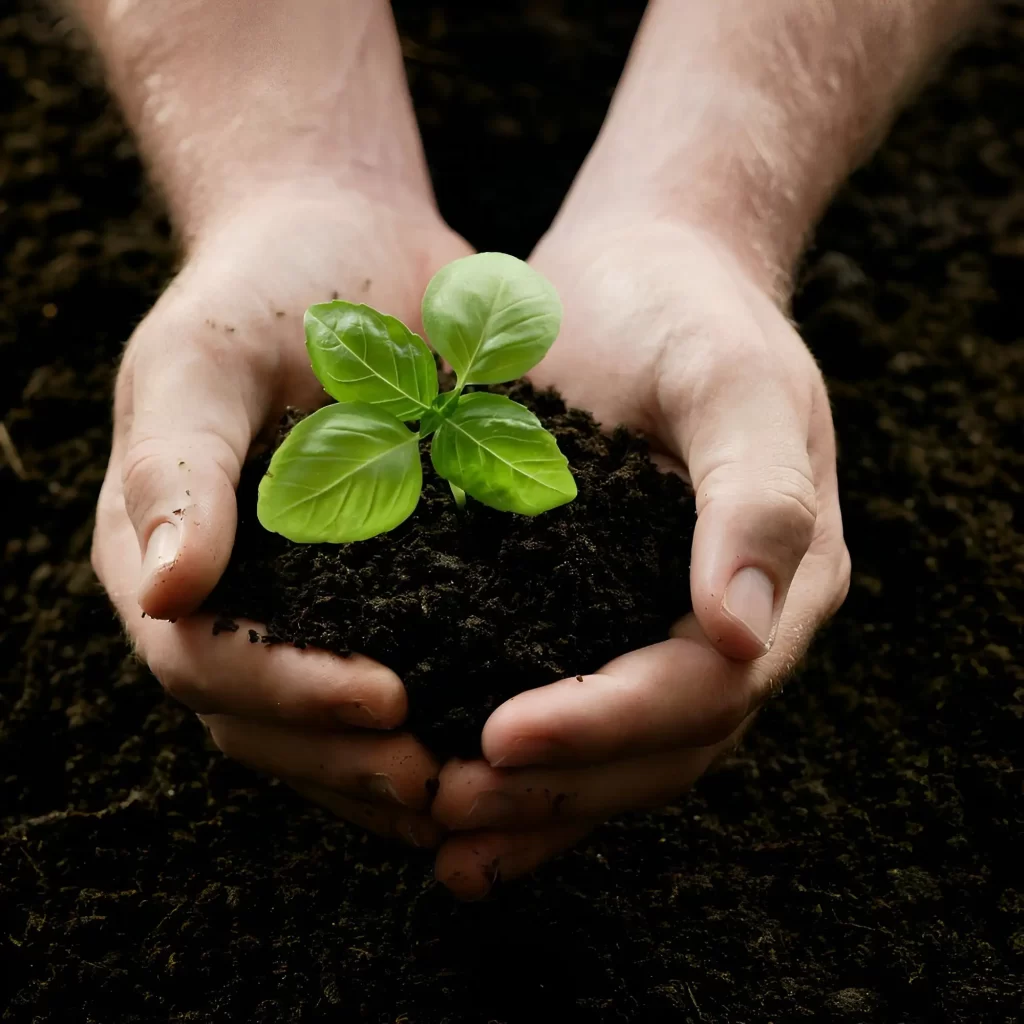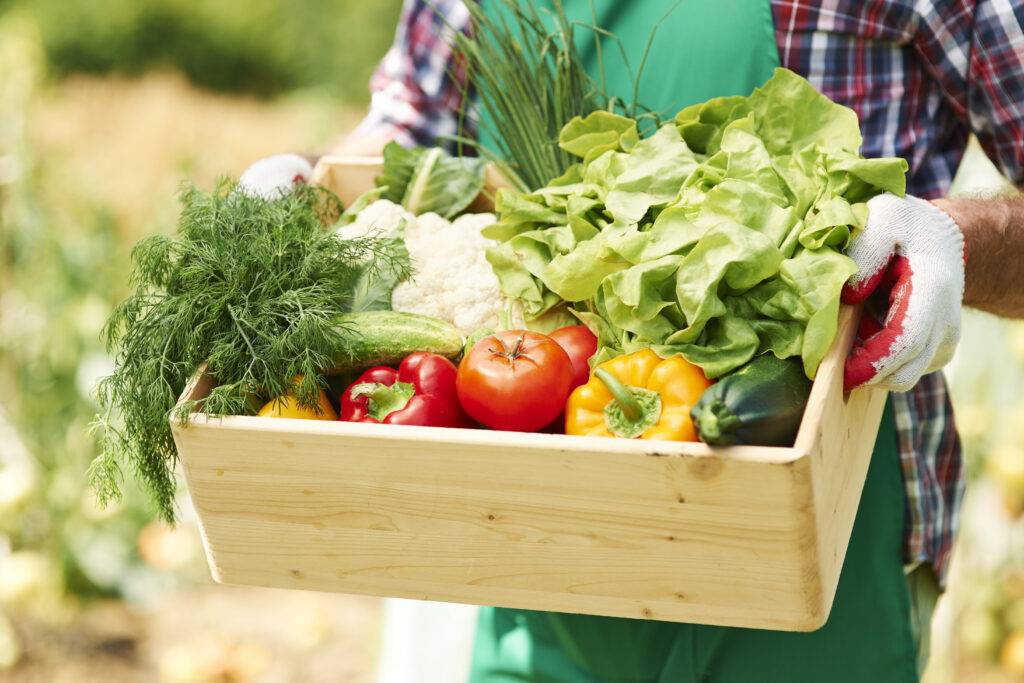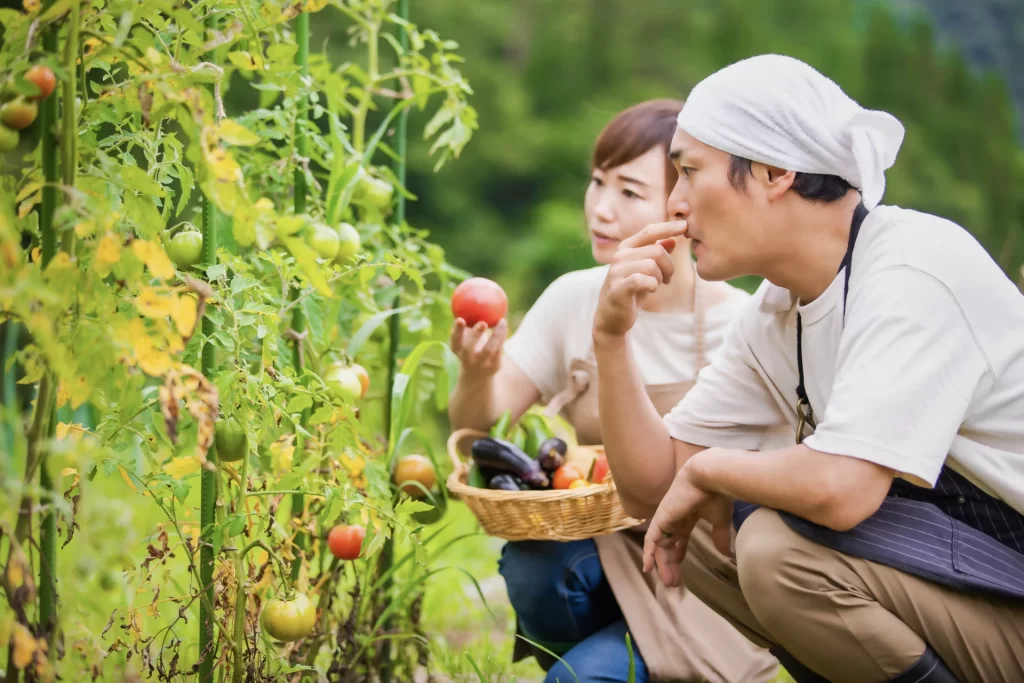Ever strolled into your garden only to find unexpected green guests popping up between your plants? They’re called weeds and many gardeners treat them like uninvited intruders. But are these plants just an annoyance or could they be something more? In this article, you will delve into the fascinating world of weeds and what role they play in urban nature farming.
The Real Story About Weeds
When someone mentions ‘weeds,’ the first instinct for many gardeners might be to think “Those need to be pulled out!” Many people even practicing organic gardening consider weeds as unwanted troublemakers. But let’s hit the brakes on that notion for a moment and explore their true identity. Are weeds really our adversaries or could they be our silent allies?
Harmony in Nature, No Foes nor Friends
There are no enemies or allies in nature. This very question seems strange to me because, in nature, everything harmonizes. By considering two contrasting environments, a forest and a sports field, let’s illustrate the differences in soil conditions and how it affects plant growth.
Why Your Garden Shouldn’t Look Like a Sports Field
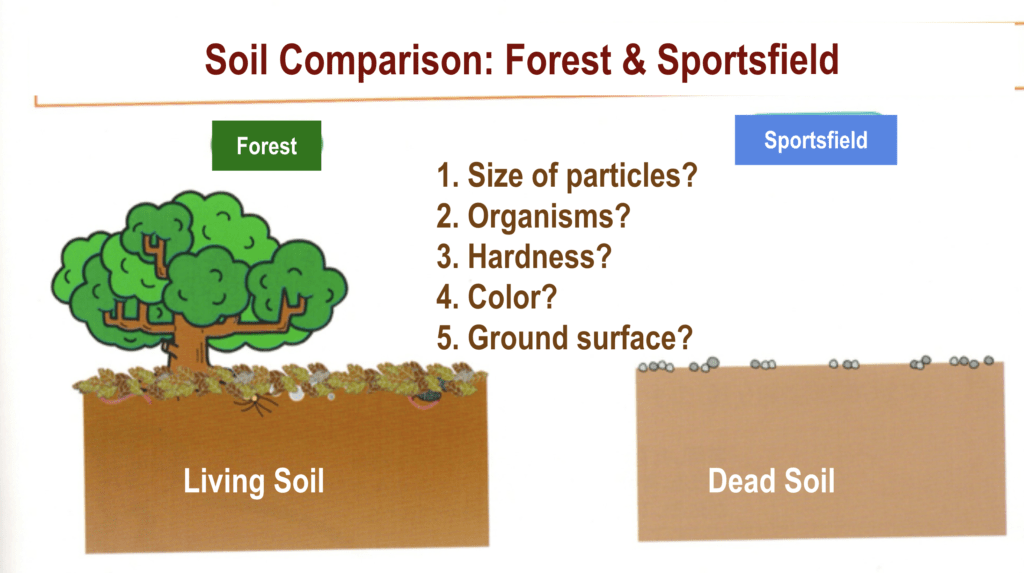
Sure, a sports field may look neat and tidy, but it’s not where plants thrive. Forests, on the other hand, teem with lush, diverse vegetation. So, if we’re looking to grow a bounty of produce, we need to aim for the forest model. How does your garden measure up? Check these key characteristics:
- Soil particles: Forests have varied, rough particles of various sizes, including rocks, insects, sand, or clay. Sports fields, however, have uniform, small particles.
- Living creatures: Forests are teeming with life, while sports fields are comparatively sterile.
- Soil hardness: Forests have soft, fertile soil. Sports fields are designed to be hard for easy gameplay, not for growing plants.
- Soil color: Fertile soil is typically black or dark brown due to rich humus.
- Ground surface: Forest floors are covered by leaves and plants. Sports fields, however, are bare.
If you find yourself uprooting weeds like you’re grooming a sports field, it’s time for a change in perspective!
Unearthing the Magic of Weeds
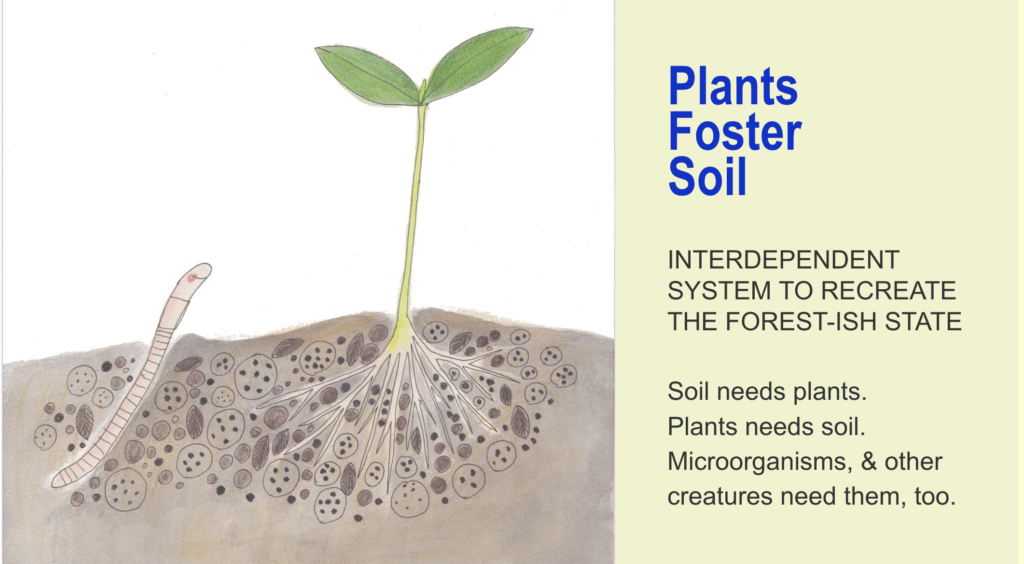
What if we let grass and other plants grow freely on a sports field? Over time, the hard ground will become softer, thanks to the burrowing roots of the plants. The growing plants enrich the soil, making it a hospitable place for various organisms and microorganisms. As a result, the soil structure improves, fostering even more plant growth. It’s a self-sustaining cycle that transforms a barren sports field into a thriving mini forest.
Weeds: Nature’s Little Helpers
Weeds play essential roles in urban nature farming:
- Soil Improvements: Weeds can improve soil quality by breaking up hardpan soils and adding organic matter as they decompose.
- Nutrient Accumulation: They can also gather nutrients from deep within the soil and make them available to other plants when they decompose.
Creating a Rich Ecosystem with Plants
In nature, ground surfaces are never naked. They’re always covered by leaves, grass, or some form of plant life. This coverage helps keep the soil moist, providing a welcoming habitat for beneficial insects and cultivating soil fertility.
Here are more ways weeds serve our gardens:
- Habitat for beneficial insects: Weeds can provide a home for beneficial insects, which help control pests.
- Attract pollinators: Some weeds produce flowers that lure pollinators, leading to better crop yields.
- Soil Quality Indicators: The type of weeds in your garden can indicate soil quality. Grass and dock plants might suggest early-stage soil, while broad-leafed plants like chickweed suggest a more developed and fertile soil.
Weeds: The Silent Soil Quality Gauge
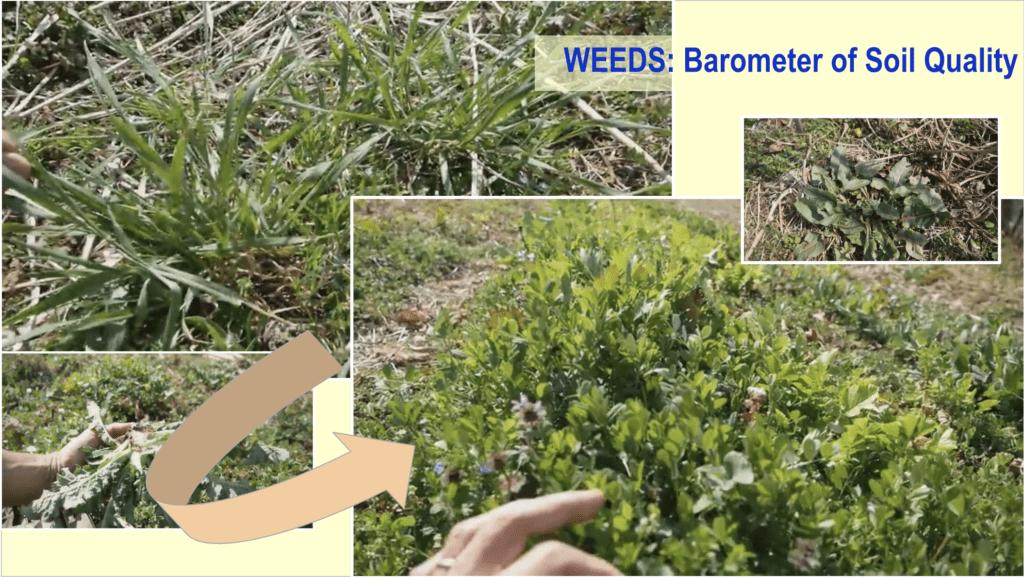
Weeds aren’t just green invaders. They’re pioneers, indicators of the soil’s condition. If you spot more broad-leafed plants in your garden, it means your soil has matured and become more fertile. Thus, weeds are like a barometer for your soil quality.
However, it’s important to remember that weeds, like any plant, can compete with your crops for sunlight. If they overshadow your crops, you might need to thin them out.
In conclusion, understanding and embracing the natural world around us, including weeds, is at the heart of Nature Farming. The more we observe and learn, the better we can harmonize with nature, enriching both our gardens and our lives. So the next time you see a weed, perhaps you’ll see a friend, not a foe.


